The Joint Commission has accredited hospitals in the United States for over sixty years. They established the first National Patient Safety Goals (NPSGs) program effective January 1, 2003. The Joint Commission observes hospitals to determine if they are in compliance with the guidelines to protect patients for overall safety. The goals are reviewed and updated by a group of well-known patient safety experts (Registered Nurses, physicians, risk managers, pharmacists, clinical engineers and other experienced healthcare professionals) called the Patient Safety Advisory Group.
The National Patient Safety Goals can affect your next medical malpractice case if these guidelines were or were not followed.
The Joint Commission: 2016 National Patient Safety Goals:
➢ Improve the accuracy of patient identification. Preventing misidentifying patients errors in every stage of diagnosis and treatment.
➢ Improve the effectiveness of communication among caregivers. The purpose of this goal is to report, on a timely basis, critical or abnormal results in testing and diagnostic procedures that may indicate life-threatening situations.
➢ Improve the safety of using medications. This goal is to prevent medication errors by labeling all medications (containers, solutions, syringes, and cups)
➢ Reduce the harm associated with clinical alarm systems. This goal is to alert healthcare providers of potential patient problems and to promote patient safety.
➢ Reduce the risk of health-care associated infections. This goal is to comply with the hand hygiene guidelines by the Centers for Disease Control and Prevention (CDC) and World Health Organization (WHO).
➢ Reduce the risk of patient harm resulting from falls.
➢ Prevent health care-associated pressure ulcers (decubitus ulcers).
➢ The hospital identifies safety risks inherent in its patient population. This goal is to identify and protect individuals at risk for suicide.
➢ The Universal Protocol for preventing wrong site, wrong procedure, and wrong person surgery.
There are many medical malpractice cases that involve these safety issues. There are other specific safety goals that are not mentioned here, but it could be pertinent to your next case. The question may be whether the hospital and/or healthcare provider were in compliance with the safety guidelines. Were there previous issues regarding the same institution, nursing home, or therapy center? Do you know what to look for in the medical records? Is there a good, solid defense to your case or can it be successfully litigated? I can help you find the answer.
Call us today at 917-407-5522 for a free consultation. RISK-FREE GUARANTEE.
Julia Sze, RN, MS, CLNC
Julia Sze and Associates, LLC
Resources: http://www.jointcomission.org



